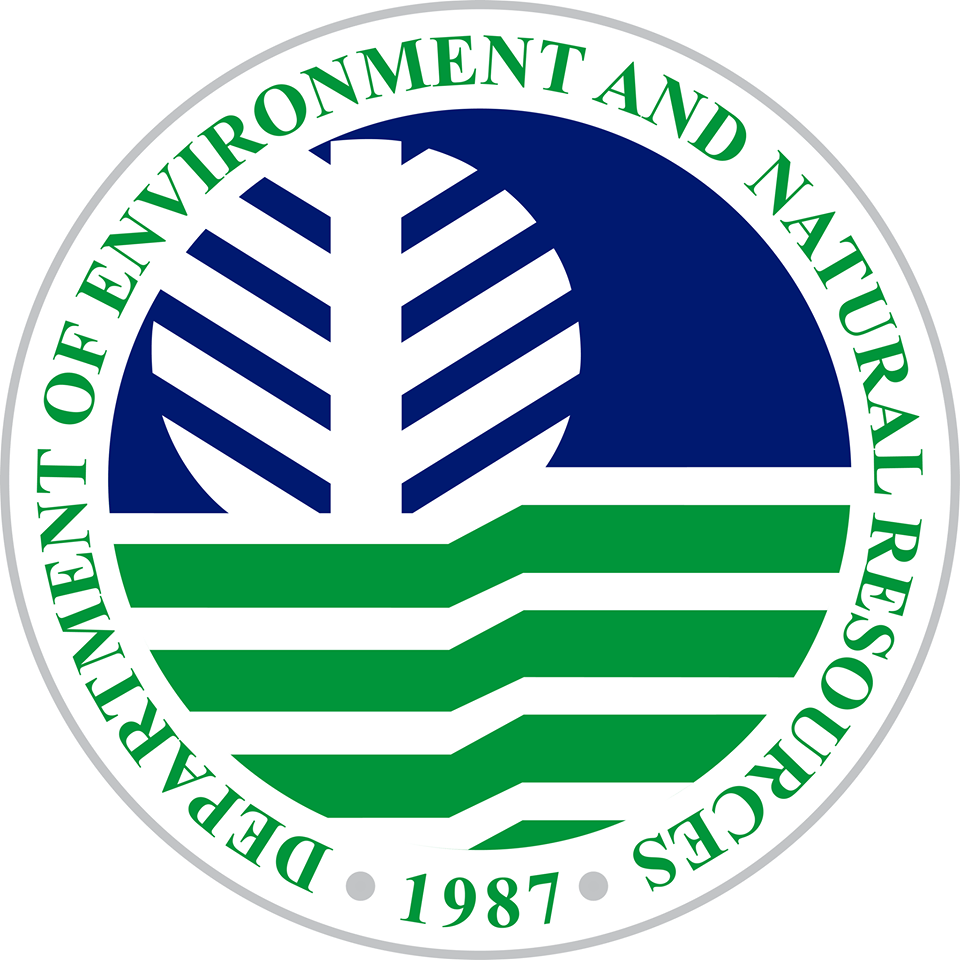
MANILA – The Department of Environment and Natural Resources (DENR) is looking into the extent of peatlands in the country to better map out plans and programs for conserving and protecting this ecosystem.
“A nationwide inventory of peatlands is ongoing,” Biodiversity Management Bureau director, Assistant Secretary Ricardo Calderon, said Friday during the virtual press conference for the department’s partnership with telecommunications giant PLDT, Inc. and its subsidiary Smart Communications, Inc. on conserving the Caimpugan Peatland in Agusan del Sur province’s Agusan Marsh Wildlife Sanctuary.
Such an inventory is necessary as the country’s only known peatlands are Caimpugan – so far the remaining local intact peat swamp forest – and the Leyte Sab-a Basin Peat Forest in Leyte Island, Calderon said.
“There may be other peatlands that remain unrecognized and undiscovered,” he said.
PLDT-Smart will assist the DENR in the undertaking.
“Part of our collaboration would be to help map out all peatlands that we have in the country,” PLDT-Smart Chief Sustainability Officer Chaye Cabal-Revilla said at the virtual press conference.
Peatlands are terrestrial wetland ecosystems where waterlogged conditions prevent plant material from fully decomposing, resulting in the net accumulation of peat.
Calderon is open to the possibility that other peatlands may exist in the country, noting that the physical appearance of this ecosystem could mislead people into thinking it is merely an area of little or no value.
“A peatland is not always a sight to behold, especially if it has no vegetation. That’s why others think these are marginal lands,” he said.
Calderon said a peatland’s physical characteristics and lack of public awareness about it make the ecosystem vulnerable to over-exploitation, burning, land conversion, and mining for fuel purposes.
“Urgent action is needed to save our peatlands,” he said, citing the need for protection, conservation, and rehabilitation measures.
“Communication, education, and public awareness should be a vital component of the undertaking,” he added.
According to Calderon, peatlands cover only about 3 percent of the Earth’s surface but they can store more carbon than forests do.
He said a peatland’s capability to store much carbon makes it vital in the fight against climate change.
Calderon said the Caimpugan Peatland alone sequesters and stores nearly 23 million tons of carbon dioxide.
“That’s remarkably higher than any studied forest type in the country,” he said.
Experts have raised the urgency of sequestering and storing carbon worldwide, noting that emissions of carbon dioxide and other greenhouse gases accumulate in the atmosphere and trap heat, resulting in a rise in global temperature that is changing the climate.
Calderon thanked PLDT and Smart for partnering with the DENR on the Caimpugan Peatland.
“Saving and conserving peatlands seem like a big task but nothing is impossible if we work together to save this important ecosystem,” he said.
PLDT-Smart is optimistic about the Caimpugan conservation partnership both companies sealed with the DENR last July.
“Through this landmark partnership with (the) DENR, we’ll work together to help protect and conserve Caimpugan Peatland,” Revilla said.
Acknowledging the danger of climate change and the need to mitigate carbon emissions, she assured PLDT-Smart’s commitment to do business responsibly, resiliently, and sustainably.